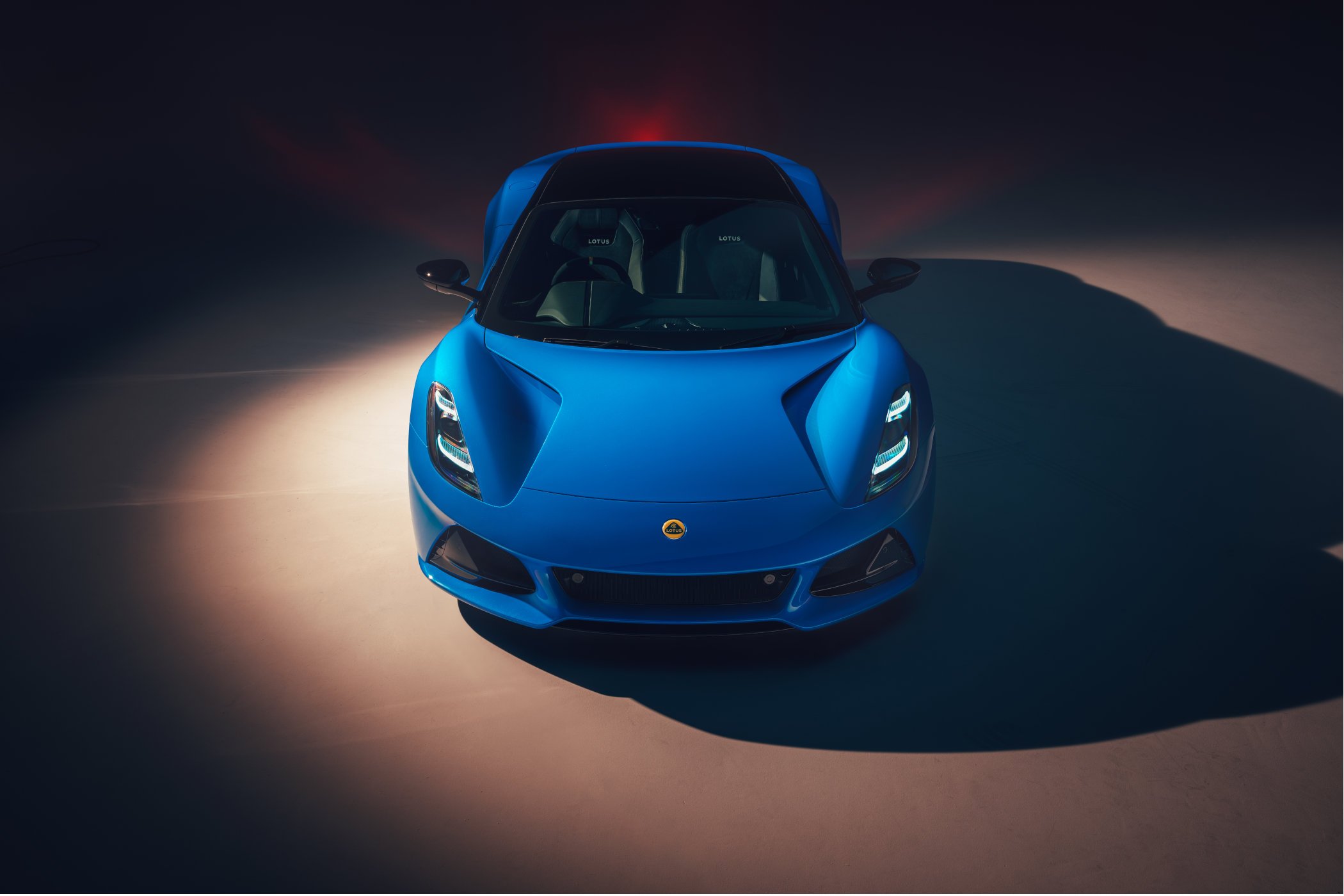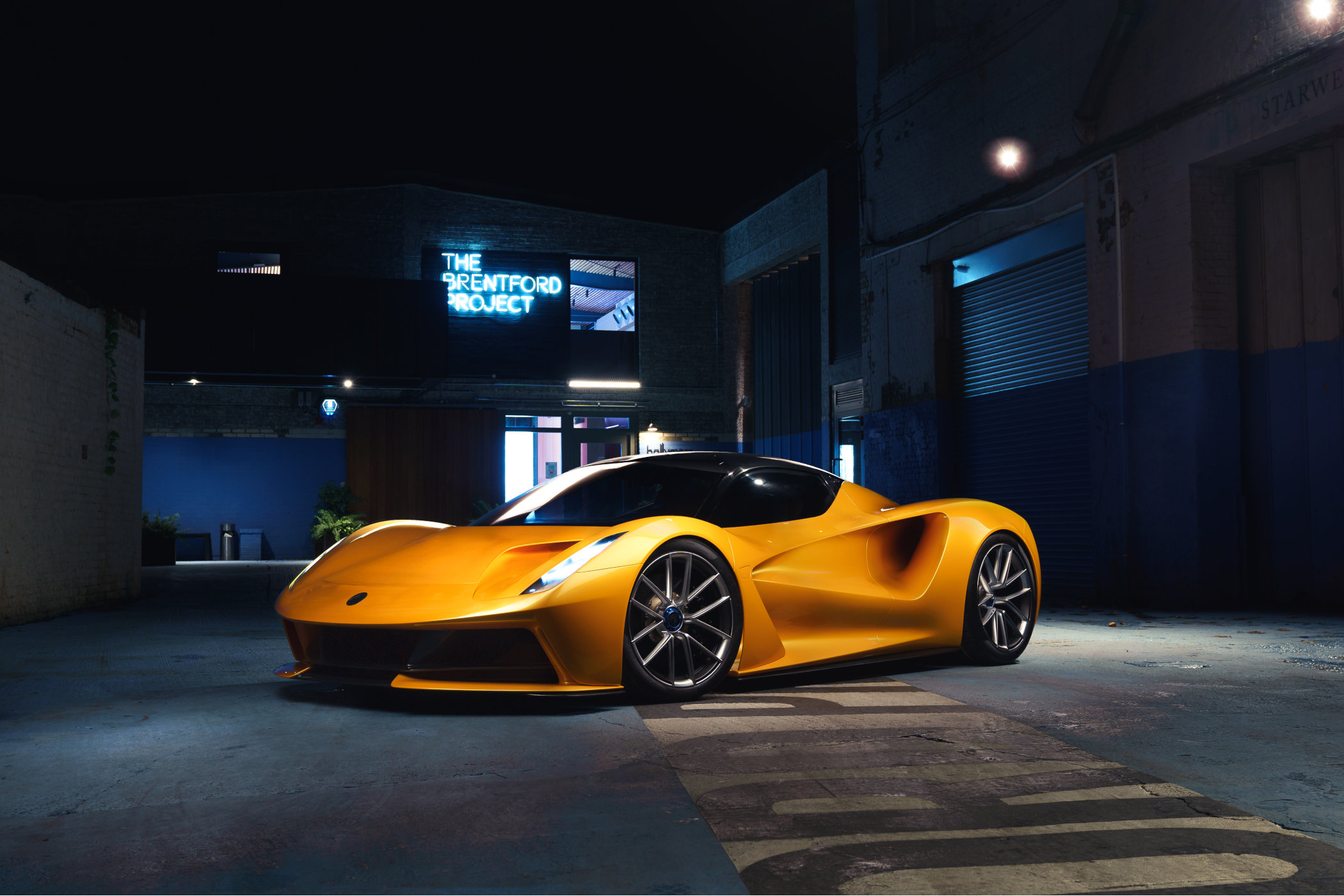The New Lotus Emira, The Brand’s Last Petrol-Powered Sports Car
A recipe perfected by Colin Chapman, celebrated by the all-new Emira

Elise, Esprit, Elan, Exige, Europa and of course Evija. Just a list of some of the cars produced by Lotus, all starting with the letter E. And now there’s a new one to be added to that lineage, the Lotus Emira. At first glance, it looks properly exciting, with a striking blue paintjob and, on paper, a classical recipe for a two-seater sports car. Look closer though, and this is not just any car, but one that marks the end of an era for Lotus, and coincidentally the beginning of a new chapter.
While the apparently never-ending stream of super and hypercars pumping out insane horsepower figures like there’s no tomorrow is all fun and games, what’s the actual point? I mean, don’t get me wrong, I get worked up over a McLaren Speedtail or Rimac Nevera just as much as the next guy. It makes me think though, aren’t these kinds of cars, capable of speeds multiple times the limit on public roads, getting a bit too powerful, a bit too fast, and a bit too dangerous? So in all honesty, how much power would you need to have loads of fun while not risking killing yourself and others on every corner you take?

I’d say; about 400bhp is all you need. I’ve driven, or ridden along in quite a few very powerful, very fast cars and to me, it is not just about the highest power output. It is down to the usability of that power, and other parameters that matter just as much, if not more. Perhaps, weight? And in essence, that means power-to-weight ratio? Comes Lotus, the masters of horsepower vs kilograms.
Lotus has had a decades-long reputation of building exquisite handling cars by combining the right amount of power with as little weight as possible. This traces back to the early days of the company, with the Lotus 7 for instance. The company was founded, and run for many years by one of the greatest names in the industry; Colin Chapman. And just to signify his deeply rooted philosophy with performance cars, whether road or track-oriented, he once said; “adding power makes you faster on the straights. Subtracting weight makes you faster everywhere.”
It is a philosophy he stood by throughout his entire life as a car manufacturer, producing very nimble cars, able to compete with far more powerful cars and beat them. This devotion fueled a drive for innovation as well and he can be credited for several industry-changing innovations. Making an engine a structural component in a car’s chassis, for instance, revolutionized Formula 1 racing. It resulted in cars that were both stronger, and lighter and thus performed better than cars before it. He was one of the pioneers to introduce aerodynamics to the sport as well. He wasn’t shy to try experimental engineering either, testing all-wheel drive race cars or turbine engines to get an edge over the competition.
As a car manufacturer, things weren’t much different. Lotus cars were mostly famed for their handling and responsiveness. The most famous cars to be produced by Lotus are the cigar-like Lotus 7, the small but capable Lotus Elan and the wedge-shaped Lotus Esprit. In later years the Elise (and its successor, the Exige) carried on the legacy of Mr Chapman.
Sadly, in recent years the company has looked a little lost, after changing ownership from Mr Chapman to general Motors after his death in 1982 and then through several others, to Geely, a Chinese car manufacturer.
During those years the company suffered declining sales and all sorts of political issues. On several occasions restructurings were announced, including a massive renewal of its portfolio of sportscars. Nothing really ever came of it though, and although the Elise/Exige is still in production and so is the larger GT-like Evora, the company isn’t what it used to be. The biggest upset aiming to change that is the 2,000bhp strong Lotus Evija, the company’s first EV hypercar aimed to take on the Pininfarina Battista and the Rimac Concept One and Nevera. Geely is clearly aiming to reinstate Lotus for what it once was.

However interesting that may be, the very recently introduced Lotus Emira looks to be a return to former glory for the British manufacturer. It also brings me back to my initial rant about the power-to-weight ratio. The Emira is positioned as a direct competitor to the Alpine A110, BMW M2 and Porsche 718 Cayman which are renowned for their handling. If Lotus could match, and even out-perform that trio, they’ve got a winner on their hands! And they do have the experience of course.
Using the design language from the much bigger, immensely powerful and hugely more expensive Evija, the Lotus Emira looks very much like a 2021/2022 car. It looks very good with its sleek design and aerodynamic intakes, exhausts and integrated rear spoiler. It is somehow recognizable as a Lotus, with even some touches of the Evora perhaps, but also a big step towards a more modern, future-focused Lotus.
Underneath the bodywork are two possible powertrains; a Toyota-sourced 3,5-litre V6 producing 400bhp, or a Mercedes-AMG 2-litre turbocharged engine with 360bhp. And all that in a car that weighs an expected 1,400 kilograms and at a price of around GBP 75,000. While not all details are confirmed yet, it puts it directly in the 718 Cayman’s sights, both in weight and power. And considering the fact that is a very, very good car the Emira has its work cut out.
The 2022 Lotus Emira has already been put through its paces by former Formula 1 champion Jenson Button, seen here,
https://youtu.be/PBP_MuCh8qE
Lotus has once again selected an extruded aluminium chassis, something they pioneered and perfected with the Lotus Elise and Exige. Both versions, the Toyota- and Mercedes-powered Emira, will get two distinct chassis setups; Touring, and Sport. Zero to 100kph should take less than 4.5 seconds and the top speed is targeted to be 290kph. That again puts it right up there with the aforementioned Cayman. And while on paper it seems like modernized Evora (especially when comparing dimensions), Lotus actually states the entire chassis, along with the front and rear subframes and suspension, is new.
The interior is up to modern standards as well, with digital screens and leather and Alcantara-clad dash and seats. There are no rear seats in the car, which is traded in for some additional luggage space. The car is scheduled to be ready for delivery to customers early next year, with the Toyota-V6 powered version first, and later with the four-cylinder Mercedes-AMG drivetrain. Price is set at just under GBP 60,000 but is not yet officially confirmed.
So how about that “end of an era” statement? Well, and this saddens me somewhat, it is the last all-new Lotus to be launched with a petrol engine. All other new cars to be built by Lotus will be, like the Evija, electric-powered only. It is a direction more and more car manufacturers claim to take, as restrictions on petrol and diesel-powered cars become tighter and tighter. The push for EV cars is so strong, it sounds like an inevitability already, but somehow I still hope both can co-exist in the future.
More details on the Lotus Emira on Car and Driver, and Lotuscars.com










2 responses
You left out Elite, Eclat, and Excel.
Love it. (the last mechanical before electric….. )